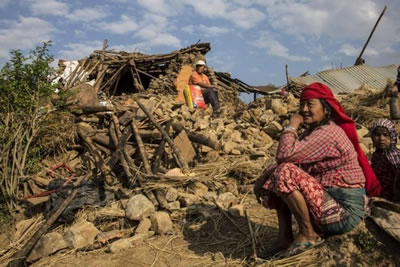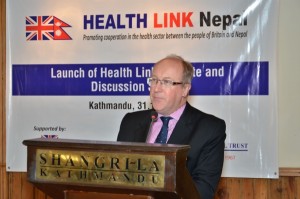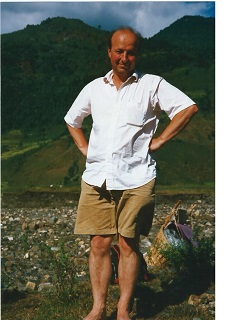 A powerful earthquake hit Nepal. The quake measured 7.9 on the Richter scale and has been followed by several aftershocks. The epicentre was North West of Kathmandu and there has been extensive damage in the capital.
A powerful earthquake hit Nepal. The quake measured 7.9 on the Richter scale and has been followed by several aftershocks. The epicentre was North West of Kathmandu and there has been extensive damage in the capital.
BNMT are supporting the rescue effort – please give generously.
Over 7,000 people have died, thousands are injured, homeless and struggling to find basics like clean water and need urgent help. There is a high risk of waterborne diseases spreading through the population.
In the mountainous areas north west of Kathmandu 80% of dwellings have been destroyed. BNMT is supporting the relief effort focus on reaching the unreached populations around Kathmandu valley and in remote mountain areas currently not accessed by the international effort through our extensive networks across 45 districts in the country. The immediate need is the provision of first aid, temporary housing, food and clean water.
All donations will go directly to support the earthquake relief.
What we are doing to help
We have teams conducting public health assessments in communities in and around the Kathmandu valley providing primary care medical support and supplies, shelter, clean water and sanitation. Many people are severely traumatised by their experience and BNMT are supporting communities with trauma counselling. Outbreaks of diarrhoea and infectious diseases are a real risk in the valley at the moment, which is heavily populated and hosting many displaced people.
We are working with the Nepal Nurses Association UK who have sent a team to work with us in the districts of Gorkha and Lamjung (the epicentre of the quake) and provided medical supplies to the Government for Dolakha and Ramechap.
The relief, rehabilitation and reconstruction programme is enormous and will take many years. We are fundraising in the UK and internationally to support the relief effort. All donations to BNMT will go directly to earthquake relief for affected communities.


 Simon started his love for Nepal as a medical student on his elective with BNMT. His strong affiliation for this beautiful Himalayan country and its people saw his return as field doctor for BNMT in 1980. The days when recently qualified and idealistic Western doctors still roamed the Eastern Hills and were responsible for running the TB and leprosy control programmes in remote district centres. Simon’s commitment and closeness to the Nepali people no doubt helped to establish the respect BNMT enjoys to this day in Nepal.
Simon started his love for Nepal as a medical student on his elective with BNMT. His strong affiliation for this beautiful Himalayan country and its people saw his return as field doctor for BNMT in 1980. The days when recently qualified and idealistic Western doctors still roamed the Eastern Hills and were responsible for running the TB and leprosy control programmes in remote district centres. Simon’s commitment and closeness to the Nepali people no doubt helped to establish the respect BNMT enjoys to this day in Nepal.